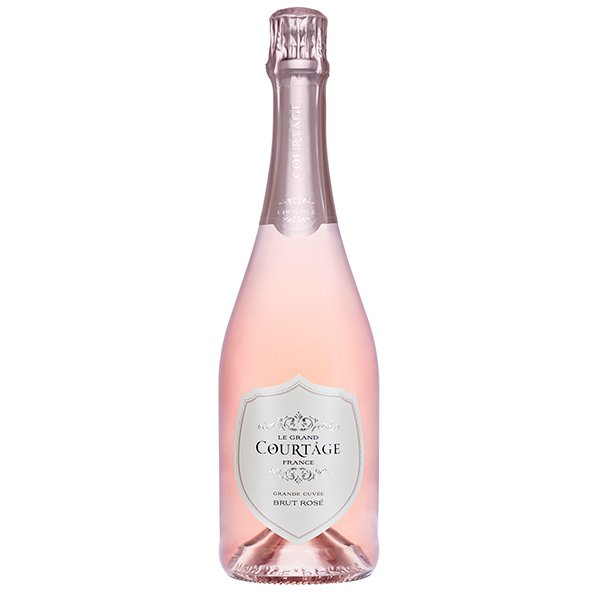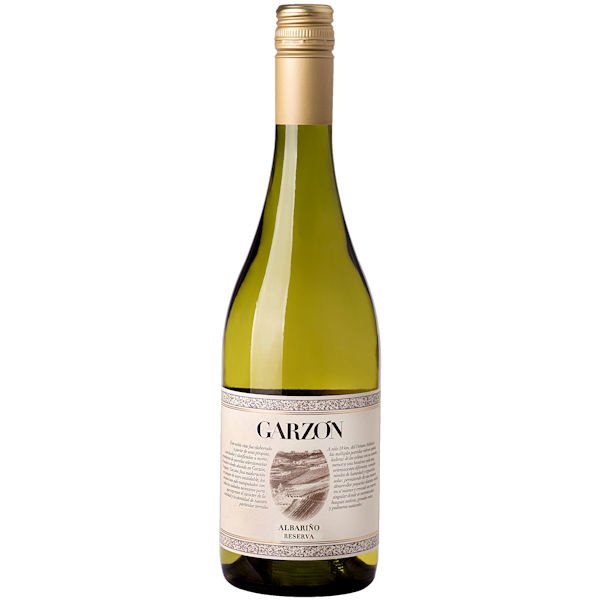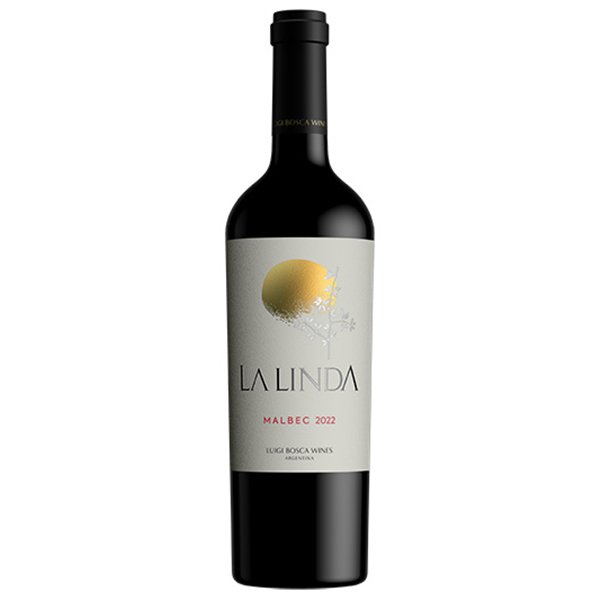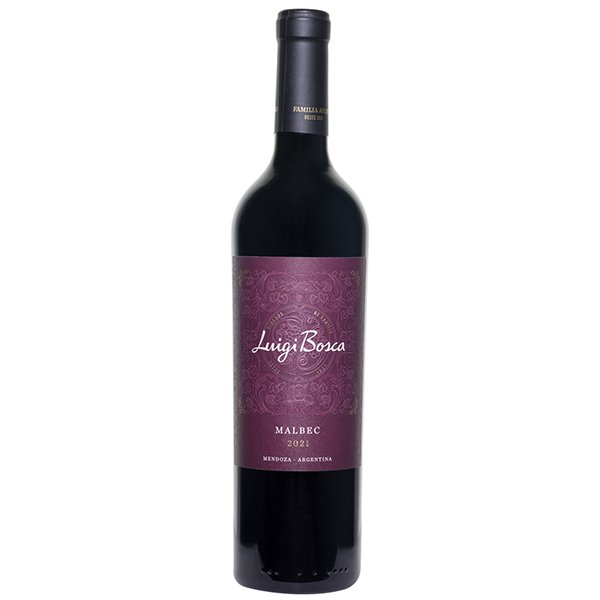I am excited for this partnership with Museum 21C Chicago where I pair art with wine. When I relaunched Shall We Wine, INC 10 years ago, I was determined to create a business that would allow me to share my creativity. This blog covers the pairings from our second event on June 15, 2023. I will be taking the show on the road and hosting an event at the Nashville property on Aug 16, 2023.
Juli Lowe | Museum Manager for the Chicago location chose the four works of art from their current exhibition; OFF-SPRING: New Generations . The description of the artwork was provided by Museum 21C.
Wines can be purchase via Drink On Me Chicago – https://drinkson.flexcateringhq.com/sww-events

Li Hongbo
Absorption No. 5, 2015
Books, desk, chair

Le Grand Courtâge Brut Rosé, NV
France: Burgundy, Languedoc and Beaujolais.
Art:
Li Hongbo
Absorption No. 5
2015, Books, desk, chair
Label: Though education systems differ, the experience of schooling shapes the development of all children. Li Hongbo’s hand-carved bust of a child is sculpted from used Chinese primary school textbooks. The artist notes that textbooks are standardized by the government and become tools for repression, historical distortion—used to inculcate the power of the state and to suppress the will of the individual. The title, Absorption No. 5, references the Chinese idiom ‘absorbing and transforming’: students are literally and figuratively shaped by the state sponsored education they receive.
Wine: Le Grand Courtâge Brut Rosé, NV
When I thought about the pairing for Li Hongbo’s Absorption No. 5, three components shaped my decision; the haunting image of this expressionless child, and the reference to “ absorbing and transforming” in the description.
I chose a sparkling rosé wine for the color; the pink represents childhood, a sort of lost innocence. I wanted a sparkling wine because the process of making this style of wine is transformative. In the Traditional method (the way that Champagne is made) of sparkling wine production, the wine starts as a still wine. In order to achieve the bubbles, a liquid made of yeast and sugar called the “liqueur de tirage,” is added to start a second fermentation. The yeast consumes (shall we say absorbs) the sugar, producing CO2 and additional alcohol. At this point the wine is in a trapped container (a bottle) and the CO2 creates natural bubbles. When the fermentation is complete the byproduct sediment is called the “lees.” Depending on the style of wine that the winemaker is trying to create, the wine will sit on the lees for a short period to an extended period of time… the wine absorbs the flavors of the lees, further transforming the wine. Lees contact can bring flavors of; pie crust, biscuits, butter cookie dough.
Le Grand Courtâge Brut Rosé does not have overly powerful yeasty notes, instead we get flavors of; strawberry, raspberry and lilac. The wine blends three grapes; Chardonnay, Uni Blanc and Gamay. It is youthful, innocent and celebrates joy, a contrast to the subject of this piece, Absorption No. 5. Despite its easy youthful vibe, the wine it offers some dimension from its combination of grapes. The Chardonnay gives the wine depth and structure. Ugni Blanc which gives acidity and freshness and the red grape Gamay that is light bodied and provides vibrant fruit expressions and a smooth texture.

Gina Phillips
A Sentimental Tree Reminisces, 2012
Felt, thread, ink, paint
Art: Gina Phillips
A Sentimental Tree Reminisces, 2012
Felt, thread, ink, paint
Label:
Inspired by her family and childhood in rural central Kentucky, Gina Phillips utilizes the skills she learned to reuse, modify, and transform materials that most people would discard into works of art. Weaving together the imagery, narratives, and characters of her Kentucky home and her adopted city of New Orleans, Phillips created A Sentimental Tree Reminisces as part of a larger exploration of innocence and brutality in historic American culture in the Southern Delta. While the work’s title directly references a Biblical tale, Phillips notes that the series is also about “dualism the great complement of benevolent and malignant forces.” Trees feature prominently throughout Phillips’s work, grounded in recurring themes of life, sex, memory, mortality, and the human experience.
Wine: Bodegas Garzón Albariño Reserva 2022, Uruguay
Reflecting on Gina Phillips’s statement about dualism; “innocence and brutality,” I thought about the duality of trees. They are toys for the Innocent but historically have been used as equipment for brutal acts. I wanted a wine that reflected this tension, both airy and rooted.
The Albariňo grape is well known in Rías Baixas, Spain and Vinho Verde, Portugal. Bodegas Garzon Albariňo Reserva 2022 comes from Uruguay. Albariňo wine is often misunderstood and many think that it comes in one style; simple, fresh, and easy. The truth is there are Albariňo like this one that are grounded, have body, and are balanced and structured. This wine has notes of lemon, peach, and a little sea salt on the finish.
Art:
Lalla Essaydi
Bullets Revisited #20, 2013
Chromogenic print
Label: The staged settings created for Lalla Essaydi’s Bullets Revisited series recall imagery in 19th-century Orientalist painting—a female figure, glimpsed as if from a keyhole into a secret, shimmering world. The intricate background pattern looks like Islamic tile, and other details in the décor and the clothing are carefully detailed to reproduce an idealized image of beauty—lethal beauty. Every element in this scene is created with bullet casings, which effectively transforms this domestic space into a psychological one, charged with the potential for violence that pervades contemporary society. Essaydi confronts layers of convergence, “as a woman caught somewhere between past and present, as well as between East and West, and also as an artist, exploring the language from which to ‘speak’ from this uncertain space.”
Art:
Les Femmes du Maroc: Harem Women Writing, 2008
Chromogenic print
Label: The women featured in Lalla Essaydi’s photographs emerge from the artist’s Moroccan girlhood. “I needed to return to the culture of my childhood if I wanted to understand my unfolding relation to the ‘converging territories’ of my present life,” says the artist, who now lives in the U.S. Typically cloistered within anonymous, domestic spaces and clothed in traditional robes, Essaydi’s figures both enact and resist the constraints of both Islamic religious tradition and Western European stereotypes. Raised according to strict cultural and religious conventions, her photographs reveal the hidden domestic spheres in which female family members were confined, while illuminating their thoughts and desires through the very personal writings inscribed on their bodies and clothing—written expressions they would have been denied. “In photographing women inscribed with henna, I emphasize their decorative role, but subvert the silence of confinement. These women speak visually to the house and to each other.”
Wine: 2022 La Linda Malbec and 2021 Luigi Bosca Malbec
Here I wanted to explore sameness and generations. These wines are from the same producer, they are both Luigi Bosca Malbec wines from Luján de Cuyo, Mendoza, however like both paintings, they capture different expressions.
The La Linda pairs with Bullets Revisited #20. La Linda means the beautiful, a perfect complement to a piece that forces us to examine what is truly beautiful.
Well, this wine is beautiful. La Linda Malbec is a vibrant purple red color. On the nose you get red berries, red cherries and baking spices. The wine is sleek and silky with deep red fruit flavors.
Wine: 2021 Luigi Bosca Malbec partnered with Les Femmes du Maroc: Harem Women Writing
This malbec gives fresh flowers and red fruit on the nose. The palate offers some spicy oaky notes perfectly balanced with red fruit.
So what’s the difference- The La Linda comes from 30 year old vines, sees no oak aging and is grown at a lower elevation (930 meters above sea level). A slightly younger wine with no oak aging retains a bit more freshness and fruit character.
While the Luigi Bosca comes from 35 year old vines, grows at an elevation of 900 to 1100 meters above sea level and is aged 12 months. Higher elevation, vine age, and oak aging all are intertwined into the wine character. The older, oak aged wine has more depth, maturity, and complexity. Vine age-older vines have less fruit; make richer juice. Oaked wines feel softer and round on the palate. They have flavors of vanilla and baking spices. Higher elevation makes wines with more acidity, tannin and grip. This also gives them more age-ability. The La Linda is meant to be consumed today, but can age for another two to three years, while the Luigi Bosca will show well for another five years.






Leave A Comment
You must be logged in to post a comment.